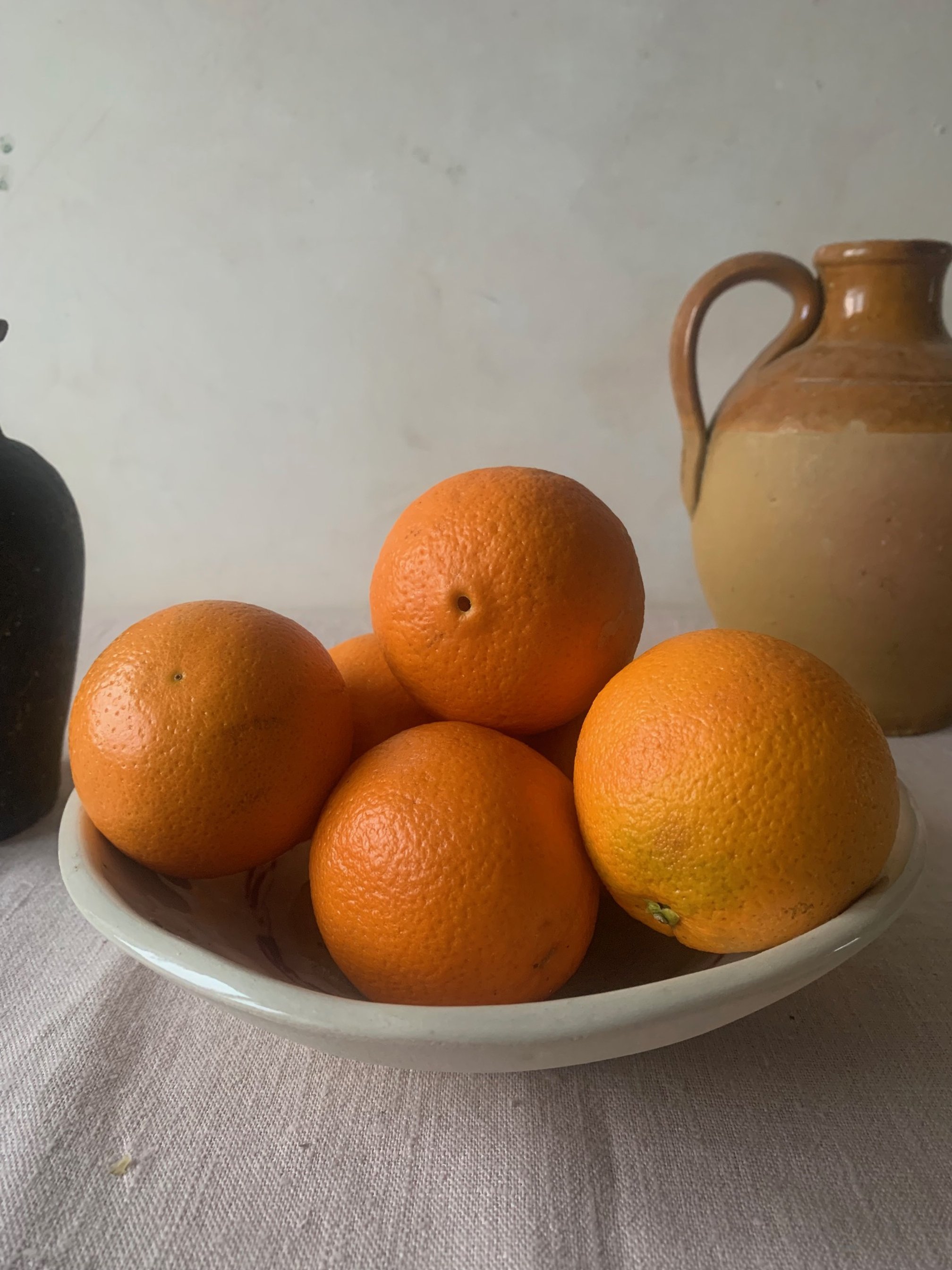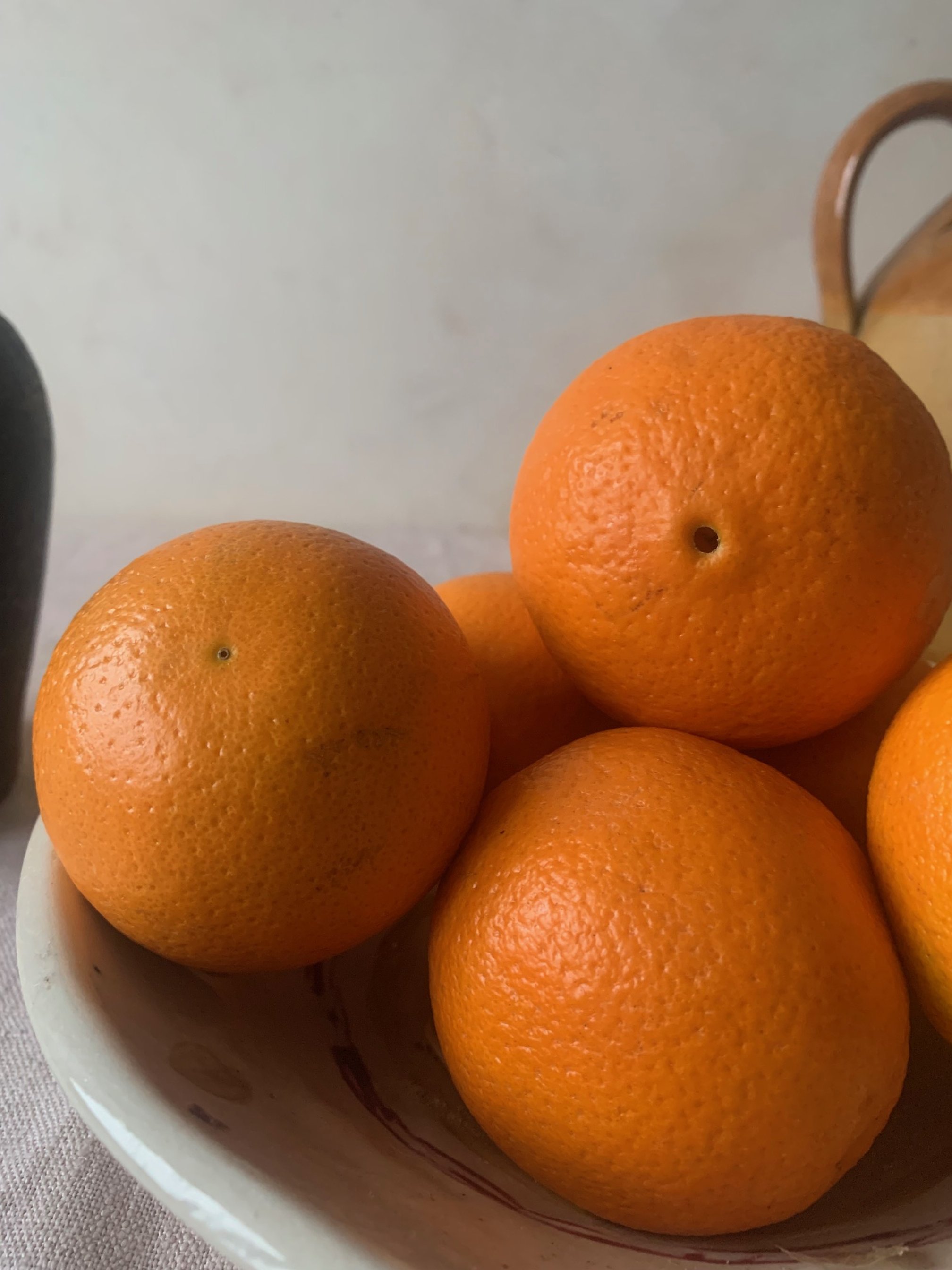OIl pastel drawing with Jay Harper, 11th Feb 2025
All levels are welcome.
Once downloaded to your device this recording is yours to keep and will not expire.
PLEASE SCROLL ALONG FOR THE STILL LIFE PHOTOGRAPHS YOU WILL NEED FOR THE CLASS
This a recorded class on Zoom so the quality of the video can vary
You will need…
Oil Pastels
There are lots of different Oil pastels out there but I find I get the best results from using Sennelier oil pastels. These are on the pricier side, but are very good quality and can easily create a range of desired effects in an artwork. If you already know what colours you might like to use for your artwork, you can buy these individually to keep costs down. I would always recommend to have a black and white pastel as well as any colours. It is also good to have a tonal range of the same colour if you are wanting to create something more detailed, or something based around one colour. I would stick to the standard oil pastel size as we will be working in A5 / A4.
Other Oil pastel brands:
- Cray-Pas Expressionist Oil pastels
- Faber-Castell Oil pastels
- Mungyo Oil pastels
Pencil
Any standard pencil will do for this work shop. We will mainly be using a pencil to mark out an artwork and will be going over the pencil line with the Oil pastels. I tend to work straight onto paper with the pastel, but having a pencil nearby is a good way to gain confidence with mark making.
Rubber and Sharpener
Paper
A heavier weight paper is best when using Oil pastels with some texture. I tend to use the
Windsor & Newton 160g paper - often buying the ‘6 Earth Colours’ A4 pad. This pad is made up of nice neutral coloured paper that is great to work on if you aren’t wanting to work onto white paper. I also use the Sennelier 340g white Oil pastel pad, usually in A5 scale. This paper is so nice to work on and is less expensive to purchase for smaller scale artworks. Once again either of these paper pads can be purchased online or in most art shops. I would recommend looking online as companies often have a sale on Oil pastel paper pads.
Fixing Agent
Any spray Oil pastel fixing agent will do and can be purchased online or in most art shops. I use the Sennelier Fixative spray. This will help to protect your artwork from smudging once finished.
Greaseproof paper for protecting Artwork
Some Oil paper pads come with a protective layer that goes over the artwork once finished.
However, if this isn’t the case, I often stick a layer of greaseproof cut to size over the finished piece. You can then safely store your artwork until it comes to framing it etc.
Scissors
All levels are welcome.
Once downloaded to your device this recording is yours to keep and will not expire.
PLEASE SCROLL ALONG FOR THE STILL LIFE PHOTOGRAPHS YOU WILL NEED FOR THE CLASS
This a recorded class on Zoom so the quality of the video can vary
You will need…
Oil Pastels
There are lots of different Oil pastels out there but I find I get the best results from using Sennelier oil pastels. These are on the pricier side, but are very good quality and can easily create a range of desired effects in an artwork. If you already know what colours you might like to use for your artwork, you can buy these individually to keep costs down. I would always recommend to have a black and white pastel as well as any colours. It is also good to have a tonal range of the same colour if you are wanting to create something more detailed, or something based around one colour. I would stick to the standard oil pastel size as we will be working in A5 / A4.
Other Oil pastel brands:
- Cray-Pas Expressionist Oil pastels
- Faber-Castell Oil pastels
- Mungyo Oil pastels
Pencil
Any standard pencil will do for this work shop. We will mainly be using a pencil to mark out an artwork and will be going over the pencil line with the Oil pastels. I tend to work straight onto paper with the pastel, but having a pencil nearby is a good way to gain confidence with mark making.
Rubber and Sharpener
Paper
A heavier weight paper is best when using Oil pastels with some texture. I tend to use the
Windsor & Newton 160g paper - often buying the ‘6 Earth Colours’ A4 pad. This pad is made up of nice neutral coloured paper that is great to work on if you aren’t wanting to work onto white paper. I also use the Sennelier 340g white Oil pastel pad, usually in A5 scale. This paper is so nice to work on and is less expensive to purchase for smaller scale artworks. Once again either of these paper pads can be purchased online or in most art shops. I would recommend looking online as companies often have a sale on Oil pastel paper pads.
Fixing Agent
Any spray Oil pastel fixing agent will do and can be purchased online or in most art shops. I use the Sennelier Fixative spray. This will help to protect your artwork from smudging once finished.
Greaseproof paper for protecting Artwork
Some Oil paper pads come with a protective layer that goes over the artwork once finished.
However, if this isn’t the case, I often stick a layer of greaseproof cut to size over the finished piece. You can then safely store your artwork until it comes to framing it etc.
Scissors
All levels are welcome.
Once downloaded to your device this recording is yours to keep and will not expire.
PLEASE SCROLL ALONG FOR THE STILL LIFE PHOTOGRAPHS YOU WILL NEED FOR THE CLASS
This a recorded class on Zoom so the quality of the video can vary
You will need…
Oil Pastels
There are lots of different Oil pastels out there but I find I get the best results from using Sennelier oil pastels. These are on the pricier side, but are very good quality and can easily create a range of desired effects in an artwork. If you already know what colours you might like to use for your artwork, you can buy these individually to keep costs down. I would always recommend to have a black and white pastel as well as any colours. It is also good to have a tonal range of the same colour if you are wanting to create something more detailed, or something based around one colour. I would stick to the standard oil pastel size as we will be working in A5 / A4.
Other Oil pastel brands:
- Cray-Pas Expressionist Oil pastels
- Faber-Castell Oil pastels
- Mungyo Oil pastels
Pencil
Any standard pencil will do for this work shop. We will mainly be using a pencil to mark out an artwork and will be going over the pencil line with the Oil pastels. I tend to work straight onto paper with the pastel, but having a pencil nearby is a good way to gain confidence with mark making.
Rubber and Sharpener
Paper
A heavier weight paper is best when using Oil pastels with some texture. I tend to use the
Windsor & Newton 160g paper - often buying the ‘6 Earth Colours’ A4 pad. This pad is made up of nice neutral coloured paper that is great to work on if you aren’t wanting to work onto white paper. I also use the Sennelier 340g white Oil pastel pad, usually in A5 scale. This paper is so nice to work on and is less expensive to purchase for smaller scale artworks. Once again either of these paper pads can be purchased online or in most art shops. I would recommend looking online as companies often have a sale on Oil pastel paper pads.
Fixing Agent
Any spray Oil pastel fixing agent will do and can be purchased online or in most art shops. I use the Sennelier Fixative spray. This will help to protect your artwork from smudging once finished.
Greaseproof paper for protecting Artwork
Some Oil paper pads come with a protective layer that goes over the artwork once finished.
However, if this isn’t the case, I often stick a layer of greaseproof cut to size over the finished piece. You can then safely store your artwork until it comes to framing it etc.
Scissors









